
Journal of Fundamentals of Renewable Energy and Applications
Open Access
ISSN: 2090-4541
+44 1300 500008

ISSN: 2090-4541
+44 1300 500008
Research - (2020)Volume 10, Issue 6
The rotation and revolution of the earth affect the solar irradiation and wind availability of a location respectively. Wind energy availability is dependent on solar activity making them to be complementary and consequent upon the law of conservation of energy can be separately and as well be combined to convert their energy (light or mechanical) into electrical energy for electric power generation. For an improved, reliable, continuous and sustainable electric energy supply without degradation of the environment as is the case with electric power derivation from the conventional fossil fuels that are hydrocarbon based, an attempt is made in this work to combine photovoltaic and wind energy systems’ output voltages to obtain a hybridized system. The output voltage of the photovoltaic and wind energy system at established optimum conditions is coupled and fed through a rectifier for regulation, stabilization and amplification. The resultant voltage as obtained at stage three of the optimum conditions – highest optical irradiation, maximum wind speed at zero degree position of light source to photo (solar) cell and fan to wind energy generator, is almost twice the sum of the output voltages of the solar energy system alone and wind energy system alone. The resultant dc voltage is fed into an inverter for de- rectification and the alternating voltage (AC) waveform monitored on an oscilloscope.
Photovoltaic energy; Wind energy; Optimum conditions; Resultant output voltage; Electrical energy; Hybrid power system imlementation
Energy in anelectrical form is essential and has formeda dependable base for almost every modern human endeavor. This trend is compelling scientists and engineers to be looking vigorously into every possible means of electrical energy generation that would not impart more negatively on our planet earth as the continually utilization of the conventional fossil fuels is sending catastrophic result on our earth planet with other attendant problems of corruption along the chain of exploration, transportation, refining, sales and communal clashes over the ownership of oil field amongst others [1]. So the fight against global warming arising from the use of hydrocarbon based fuels for which the world leaders are taking as a priority must be fought by the use of renewable energy resources like solar or wind and both.
The sun and wind are naturally occurring sources of energy that can be readily, easily and reliably converted into Direct Current (DC) or Alternating Current (AC) electricity.
The hybrid photovoltaic (solar) wind energy resource has no adverse effect on our environment. It can be installed and operated non - stop in the regions with abundant solar and wind resources even in cloudy session of the days or at night time when solar irradiation is minimal or hampered [2]. Hence, the deployment of this novel technology will give a fantastic, continuous, dependable and reliable electric power that will create a departure from the conventional hydrocarbon based derivable electrical energy generation.
So, the non-availability of solar power for a complete day at the same location and the random effect of wind at all-time [3] are obvious reasons and justification for the deployment of the hybrid power system where each can complement the other [4].
Another justification for this laboratory implementation is the low values of the peak voltages obtained from the solar and wind alone system as reported in [1,5] and the unreliability arising from voltage fluctuations, frequency fluctuations and harmonics associated with irradiation changes of a solar power system configuration . Similar experience can be observed for a wind power system configuration where fluctuations in wind speed make the entire system unreliable [6].
The goal of this research is to cascade the outputs of the stand- alone solar and wind power systems as a complementary system for availability, stability and reliability of electrical power generation at the optimum conditions established in [1,5] where the effect of solar irradiation and tilt angle dependency of the electric output parameters of a solar cell and the effect of wind speed and relative position of wind source on the voltage current characteristic of a wind power system were studied.
It also explored the conversion of the as obtained resultant voltage that is dc in nature to an ac form using the well acclaimed and robust inverter technology system relying on the full assurance that the ac form does not allow for much energy losses compared to the dc form of electric power transmission.
The theory is expected to spell out the underlying principles upon which solar and wind electric powers are extracted from incident solar radiation and wind propelled generators respectively.
The sun as a source of solar energy is a natural nuclear fusion reactor whereby hydrogen atoms are pressed to form a helium nuclide with the release of a huge amount of energy. It releases tiny packets of energy termed photons that travel several miles to the earth approximately 510 seconds and when these photons that are electromagnetic in nature are absorbed by solar cells that are solid state electronic device, electrons are dislodged leading to the creation of holes and electric field is established.
The estimation of the amount of electrical energy in KWh that can be generated by a photovoltaic system [7] is defined by
E=A_t ηH_gλ PR 1
Where; E = Energy in KWh, At = Total solar panel area, η = Solar panel efficiency, H_gλ = Annual average solar radiation on tilted panels without shading, PR = Performance Ratio.
Wind energy is a converted form of solar energy which is produced by the nuclear fusion of hydrogen (H) into helium (He) in its core.
Wind results from the movement of air due to atmospheric pressure gradient and it flows from regions of higher pressure to region of lower pressure and as such has an associated energy called kinetic (mechanical) energy [8] defined by: E_k=1/2 mu ^2 2
This kinetic (mechanical) energy impacts a force of rotation on a turbine or wind electric generator that finally produces electrical energy through induced magnetism.
The wind power, P_w , can be obtained from equation (2) as P_w=(dE_k)/dt=1/2 m ̇u ^2 3
Where m = mass of air, u ̅ = mean wind speed, m ̇ = wind mass flow rate.
The wind mass flow rate, m ̇, can be defined as:
m ̇ = ρAu ̅ 4
Hence, equation (3) becomes
P_w = 1/2 ρAu ^3 5
The mechanical power [7] of a wind turbine is
P_w = 1/2 C_p ρAu ^̅ 3 6
Where C_p is the power coefficient(0.593,also known as Betz’s constant).
The algebraic sum of equations 1 and 6 will give the solar – wind hybrid total energy in KWh as
E_T = At H_gλ PR +1/2 C_p ρAu ^3 7
Equation 7 reveals that the total output energy of a solar wind hybrid power system depends directly on the total surface area of the solar panel, solar incidence radiation conversion efficiency, wind speed and position of both solar panel to optical incidence radiation and wind electric generator to wind direction.
This hybrid system shown in Figure 1 as an integrated energy source is designed and expected to produce non-intermittent electric voltage as opposed to the either solar or wind alone system.
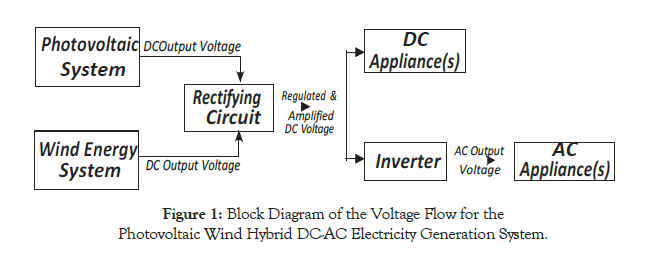
Figure 1: Block Diagram of the Voltage Flow for the Photovoltaic Wind Hybrid DC-AC Electricity Generation System.
The material requirements for this laboratory implementation are a complete photovoltaic (solar) energy system Figure 2, Wind energy device Figure 3, digital light (lux) meter, digital anemometer, diode, an inverter, digital multimeter and an oscilloscope.
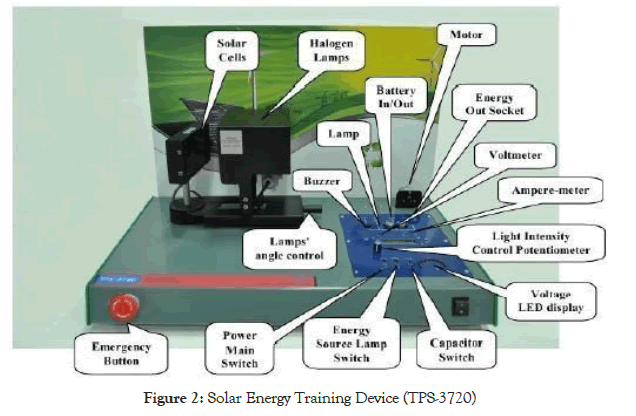
Figure 2: Solar Energy Training Device (TPS-3720)
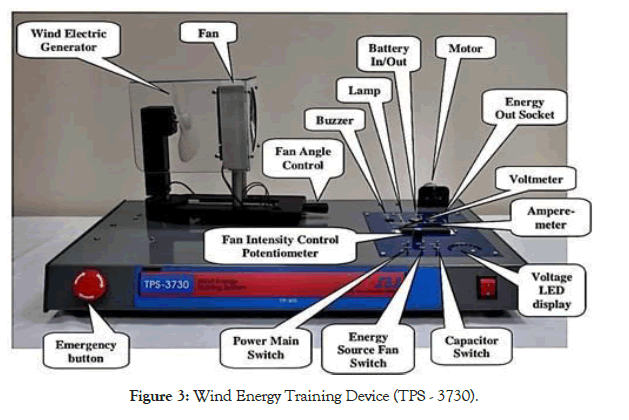
Figure 3: Wind Energy Training Device (TPS - 3730).
The method of the measurement of output voltage of the two separate energy system, light irradiance and wind speed have been fully described in [1,5].
The separate open circuit voltages obtained from the two energy sources are fed into the rectifying section of the experimental set up shown in Figure 4 and the resultants single regulated and stabilized dc voltage was measured using the digital multimeter. In order to convert the dc output voltage into an ac voltage, a maximum power point tracking (MPPT) is used to de-rectify the dc voltage.
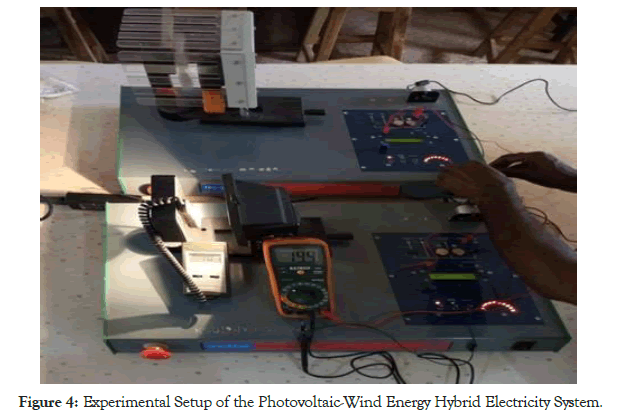
Figure 4: Experimental Setup of the Photovoltaic-Wind Energy Hybrid Electricity System.
Table 1 is the presentation of the measured open circuit voltage from the photovoltaic machine (TPS-3720), wind energy device (TPS-3730) and their combined (hybridized) voltage at the peak and optimum operating conditions – zeroed angular position at which the light energy source (lamp) and wind energy source (fan) were immovable.
Table 1: Peak Output Voltages of Stand-Alone and Hybridized System.
| Levels | Stand-Alone Systems | Hybrid System | |||
|---|---|---|---|---|---|
| Photovoltaic System | Wind System | Resultant Voltage (V) | |||
| Light Intensity (lx) | Voltage (V) | Fan Speed (m/s) | Voltage (V) | ||
| 1 | 42 | 5.06 | 4.65 | 3.56 | 7.00 |
| 2 | 103 | 5.19 | 5.00 | 3.94 | 19.40 |
| 3 | 116 | 5.22 | 6.56 | 6.46 | 20.20 |
The level of intensity considered using the potentiometer are 3, 4 and 5 but recorded as 1, 2 and 3 since levels 1 and 2 gave a very insignificant optical irradiance and wind speed.
It is observed that the generated voltage from the three scenarios- photovoltaic, wind and hybrid systems increases with both increasing optical irradiance and rotational kinetic (mechanical) energy from the lamp and fan respectively. From the table, the hybridized voltage at level 1 was less than the sum of the combined photo – and wind – generated voltage contrary to levels 2 and 3 for which the hybridized or resultant voltages are far very greater than the sum of the two separate voltages. These results suggest that for optimum performance, the solar cell and wind electric generator (wind turbine) should as a necessity be interfaced at a normal position to the source incidence energy such that peak values can be obtained.
Figure 5 is a plot of the as obtained voltage of the separate system, photovoltaic (red colour) wind (blue colour) and hybrid (green colour) against level of intensity of light and wind speed.
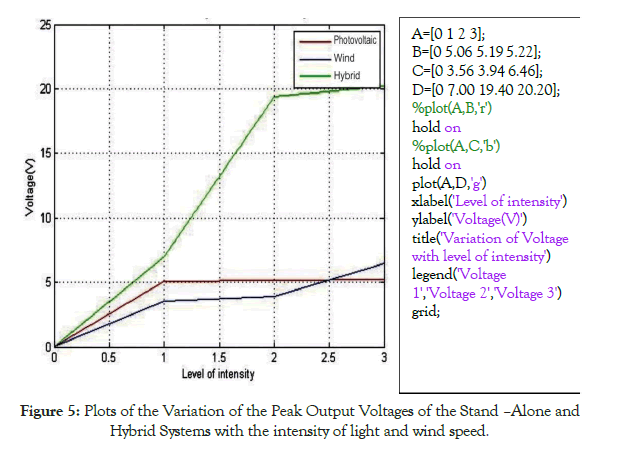
Figure 5: Plots of the Variation of the Peak Output Voltages of the Stand –Alone and Hybrid Systems with the intensity of light and wind speed
There exists an intercept of the photovoltaic system and wind system and large voltages attained beyond this intercept for the hybrid system.
The results so obtained showed that photovoltaic wind hybrid system is not only complementary but guarantees a sufficient voltage amplification at the highest light intensity striking the solar (photovoltaic panel), maximum speed of the fan (wind source) impeding on the wind electric generator and above all the irradiance and wind should be a normal to the solar cells surface and wind electric generator (wind turbine) respectively.
The voltage at the output of the rectifying circuit is dc in nature and can be de-rectified or inverted using the maximum power point tracking (MPPT) inverter technology to get AC voltage and subsequent hybrid ac power for heavy loads. The success of this off grid implementation has provided a platform for field implementation of a solar-wind hybrid powersystem.
The deployment of inverter technology indeed is necessary for in most cases the need for this kind of hybrid electricity is for power availability for loads or appliances are AC dependent.
It is also very important to mention here that the successful deployment and installation of a solar wind hybrid system will help to electrify not only our rural communities but would create an answer for the ongoing discussion of the departure from fossil fuels source of electricity with its attendant established problems.
The implementation of a hybrid energy system for electric energy generation technology as proposed in this work using the photovoltaic and wind energy that are renewable is successfully achieved with the measurable output voltage of tremendous magnitude compared to the sum of the individual voltage obtained from the two energy sources at the established optimum operating conditions. So, this laboratory implementation has provided a strong model for the field implementation of a robust hybridsolar
– wind electric power generation technology that can guarantee the clamour for the departure from the conventional electricity generation using hydrocarbon based resource. This experimental model has also reviewed that the effect of the position of solar cell, solar intensity, wind speed and the relative position of the solar cell and wind electric generator when properly determined at the maximum operating conditions, can guarantee a sufficiently high voltage for continuous availability of electric power days and night. The model also has provided a path way for researcher and industrialist in the field of photovoltaic-wind hybrid electricity generation technology.
Citation: Omatola K (2020) Laboratory Implementation of a Photovoltaic-Wind Hybrid DC – AC Electricity Generation System. J Fundam Renewable Energy Appl 10:6. doi: 10.4172/2090-4541.1000280
Received: 03-Sep-2020 Accepted: 14-Oct-2020 Published: 21-Oct-2020 , DOI: 10.35248/2090-4541.20.10.280
Copyright: © 2020 Kingsley Omatola. This is an open access article distributed under the term of the Creative Commons Attribution License, which permits unrestricted use, distribution, and reproduction in any medium, provided the original work is properly cited